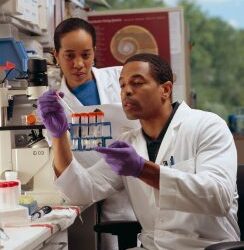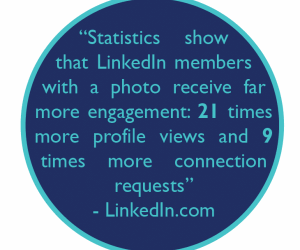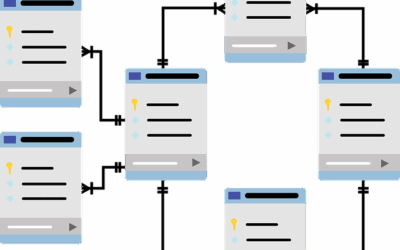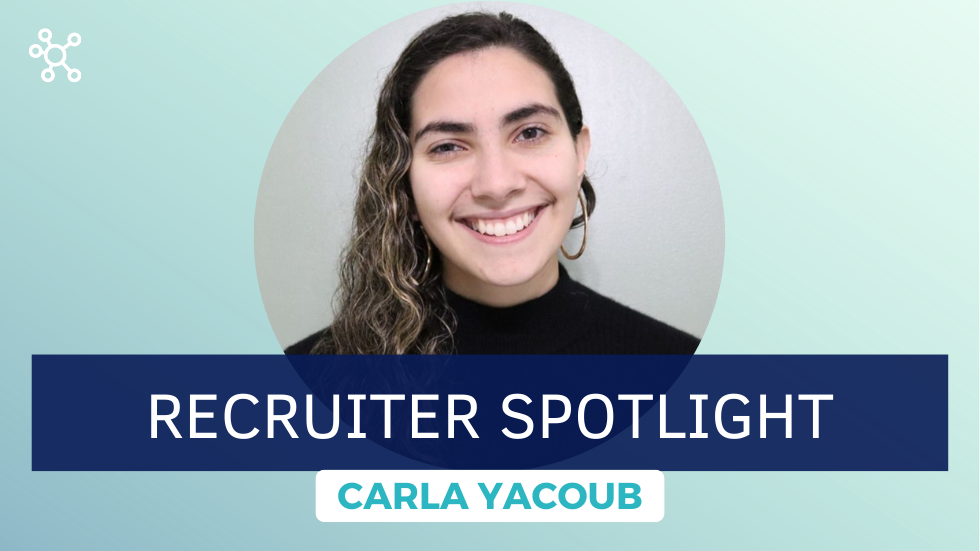Hiring science talent is not for the faint of heart. All too often, that rare bird you rescued from the candidate slush pile turns out to be a common pigeon—or flies the coop well before your investment pays off. If you’re having trouble bringing in and holding onto...
Results for "doing it all wrong"
Hiring in Biotech
This one-stop overview covers the basics and connects you to the fine points of hiring in biotech Talent. In biotech, it’s everything. From startups to powerhouses, biotech companies depend on talent to make their mark. Their fortunes rise and fall on the backs of the...
Strategic Volunteering Could be the Key to Your Next Bio Job!
Are you considering a career change, or preparing to hunt for your first biotech job? Sometimes you might worry that your education and previous work experience isn’t enough to land your dream position. Perhaps the positions you seek are competitive, or you’re missing...
Corporate Espionage Part 2: Beyond the Interview Process
Contributing Authors: Eric Celidonio and Lauren E. Perna In the first part of this series, we told the story of a candidate that used the interview process to steal proprietary information from a potential employee. The interview process can provide a perfect...
Enhancing Your LinkedIn Profile
Your LinkedIn profile is often the first thing recruiters will look at to learn more about you and your experience. So polishing up your profile can make all the difference when trying to establish lasting impressions. Much like resume preparation, you want your...
More than Happy Hour: Culture Fit in the Workplace
The most successful teams tend to be composed of diverse individuals who all support and challenge one another to grow: Ocean’s Eleven, Germany’s football team in the 2014 World Cup, or even BTS. When each individual within a team brings their own expertise to the...
How to Get Past Applicant Tracking Systems (ATS)
If you’re here, you’re probably on the hunt for a job. And if you’re on the hunt for a job, there’s a secret you should know: according to a study by CareerArc, “Almost 40 percent of employers use an applicant tracking system (ATS) to screen candidates for job...








